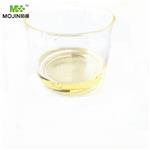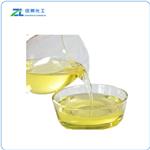Cardanol is a renewable byproduct form the agroindustries. It can be substituted for phenol in a phenol-formaldehyde resin. However, resins made exclusively from cardanol exhibit inferior mechanical properties. On the other hand, mixtures of phenol cardanol formaldehyde, phenol-formaldehyde, and cardanol formaldehyde resins have been tested to eliminate this drawback. Cardanol results in an increase in the impact strength at small amounts of 4–6% substitution, but other mechanical properties are decreasing.
Cardanol is a phenolic lipid obtained from anacardic acid, the main component of cashew nutshell liquid (CNSL), a byproduct of cashew nut processing. Cardanol finds use in the chemical industry in resins, coatings, frictional materials, and surfactants used as pigment dispersants for water-based inks.
ChEBI: Cardanol is a member of phenols.
Cardanol, also known as anarcardol, is a mixture of meta-C15-alkenylphenols, and is obtained by decarboxylation of
anarcardic acid, which is the main constituent of
cashew nut-shell oil. The alkenylphenols have
been identified as 3-(penta-dec-8-en-1-yl)-, 3-
(pentadeca-8,11-dien-1-yl)-, and 3-(pentadeca8,11,14-trien-1-yl)phenols.

